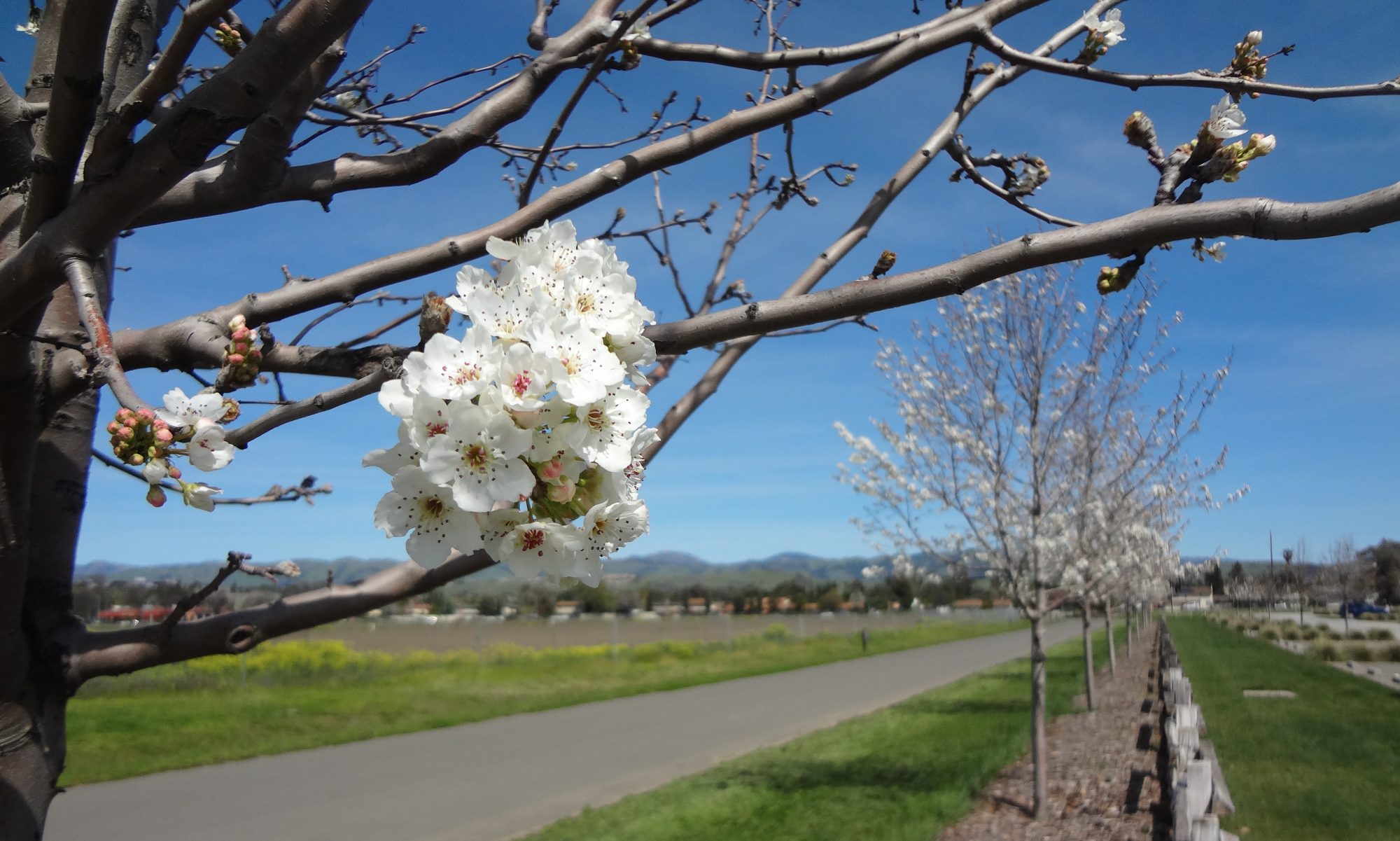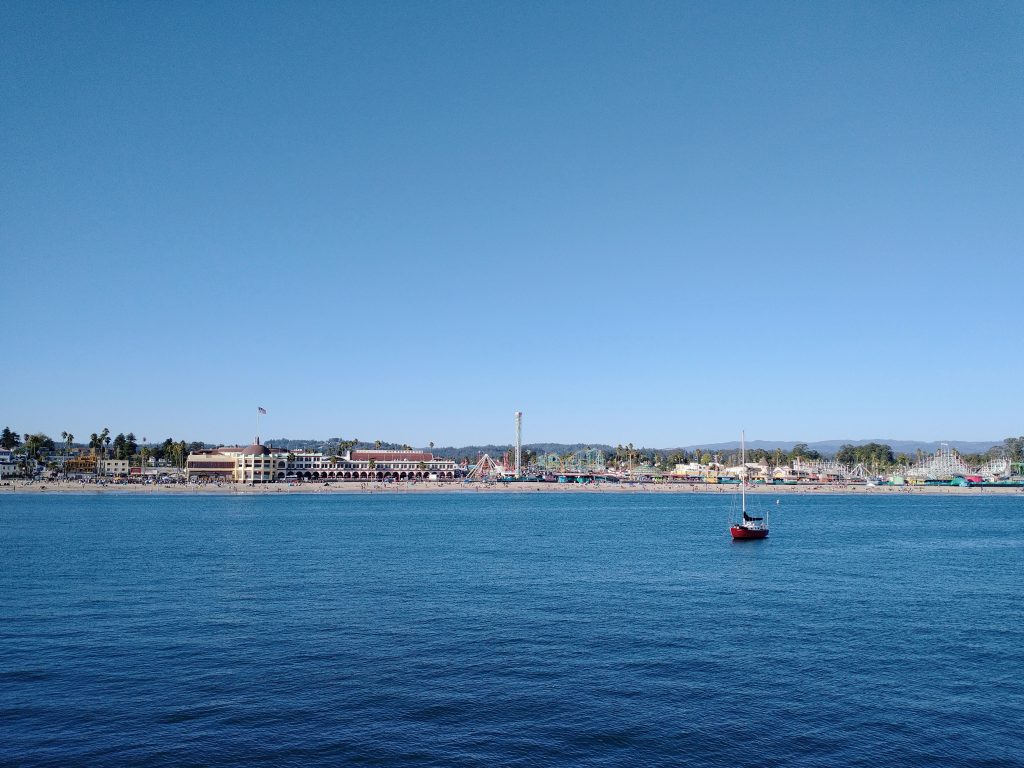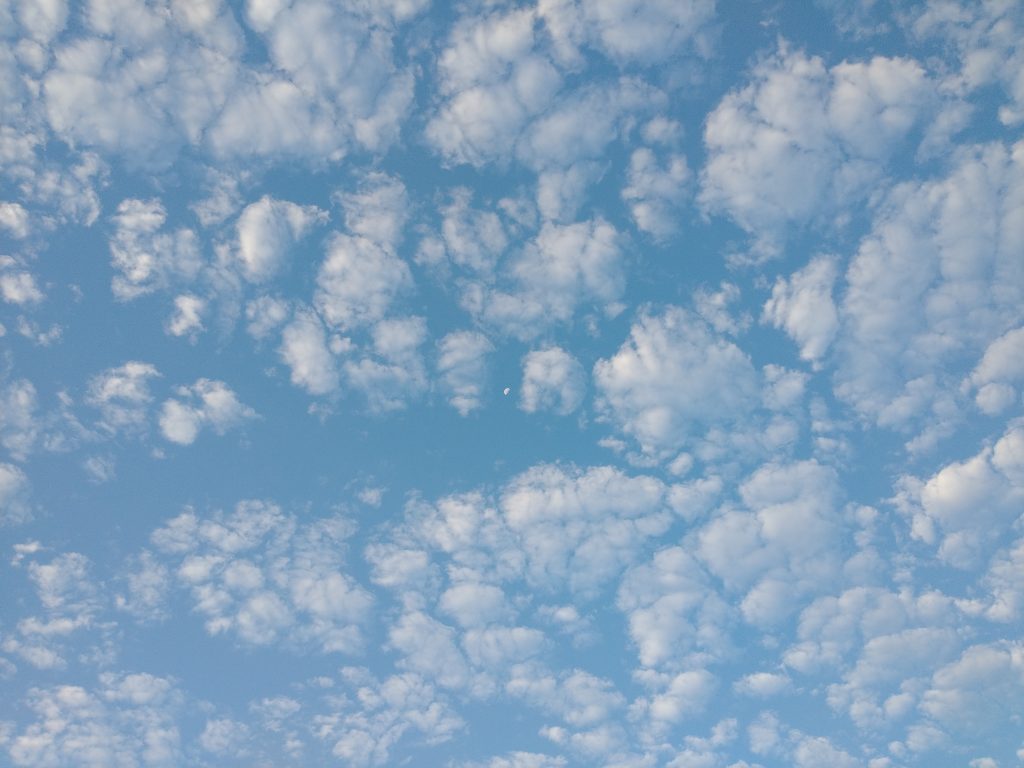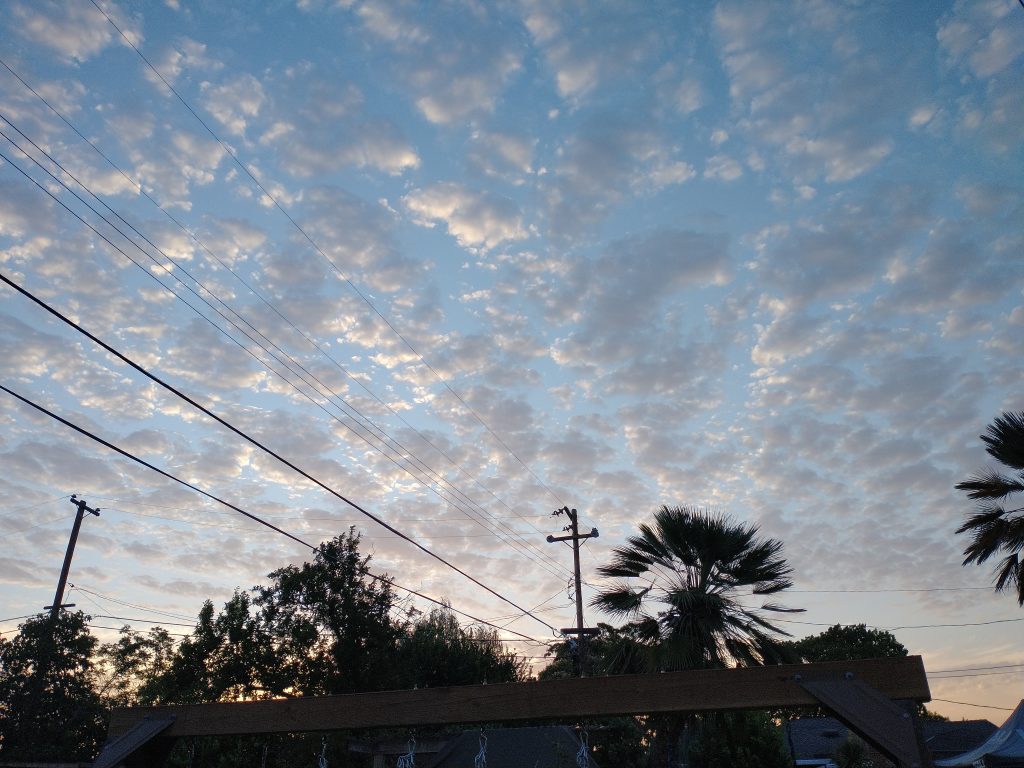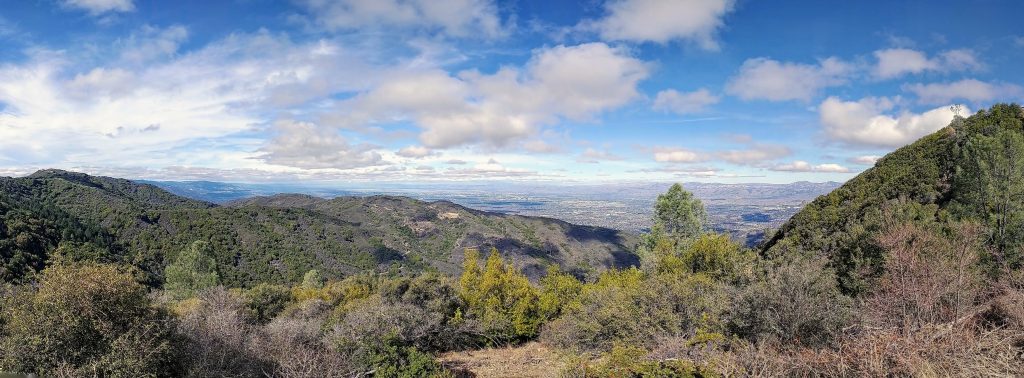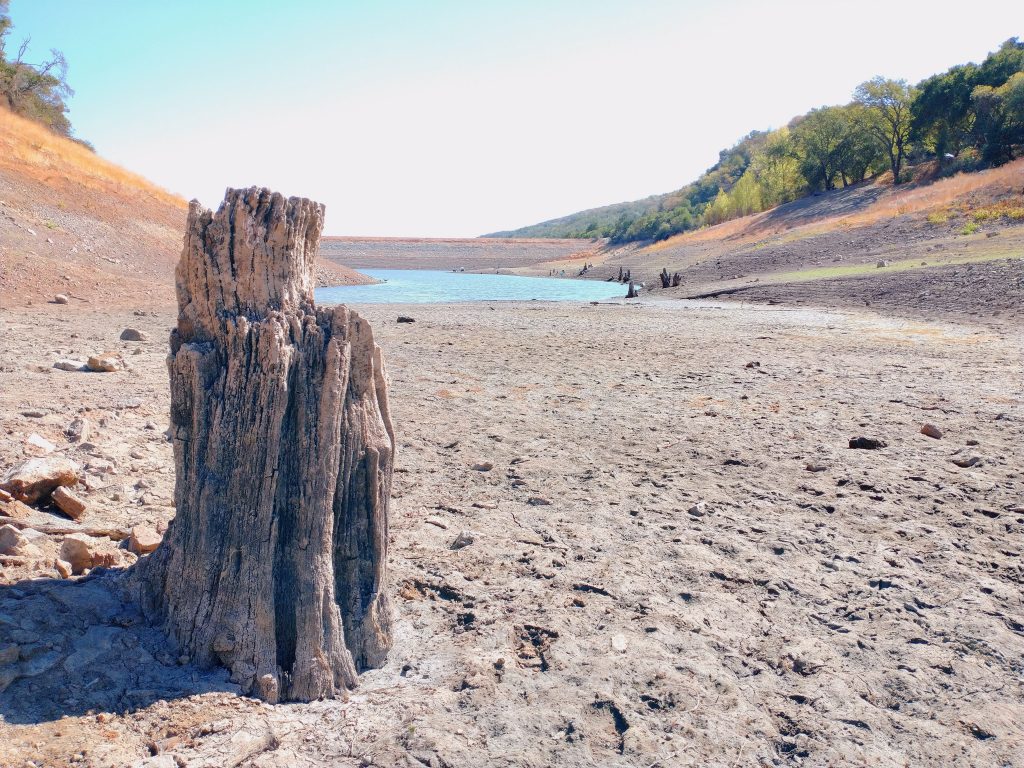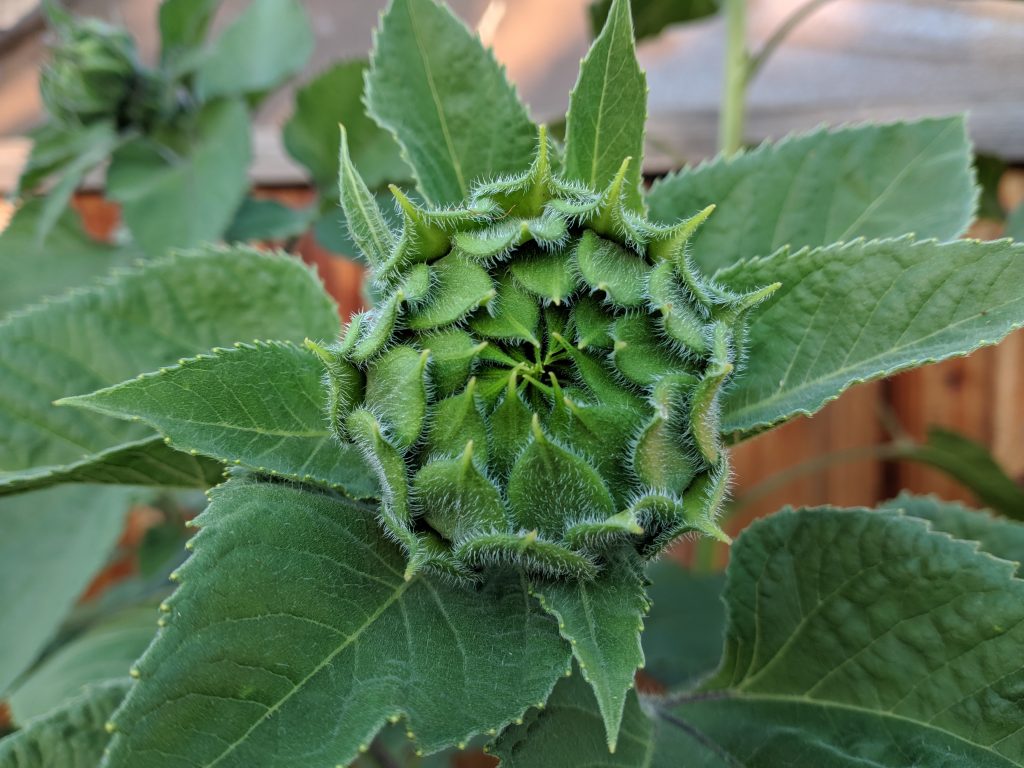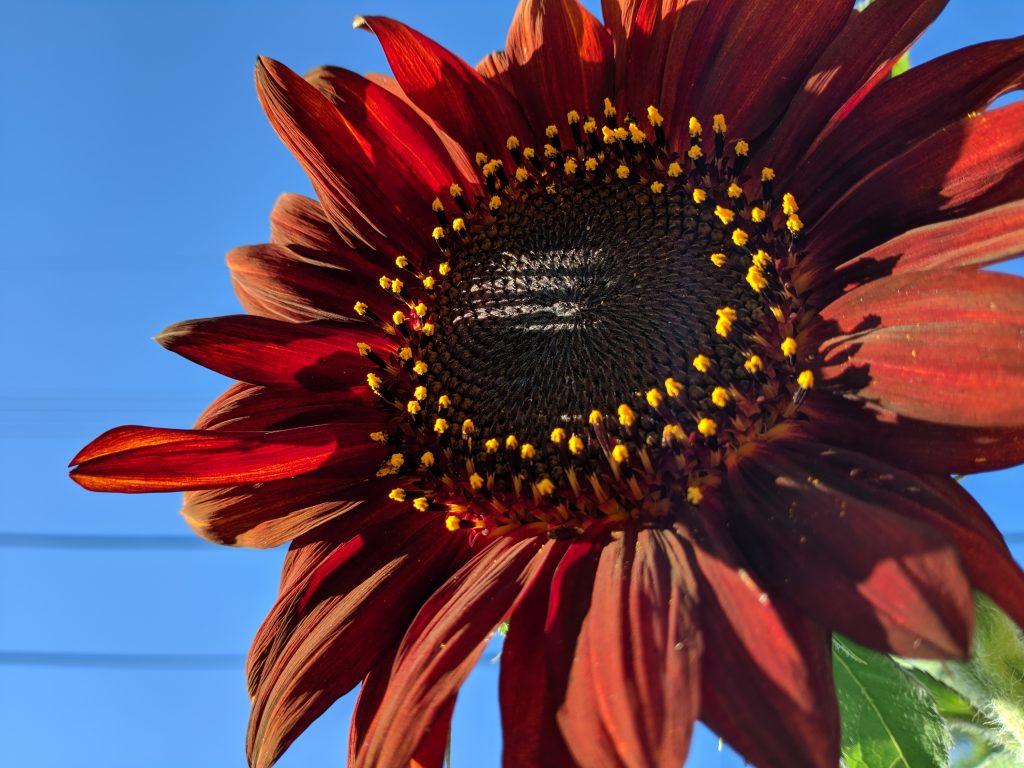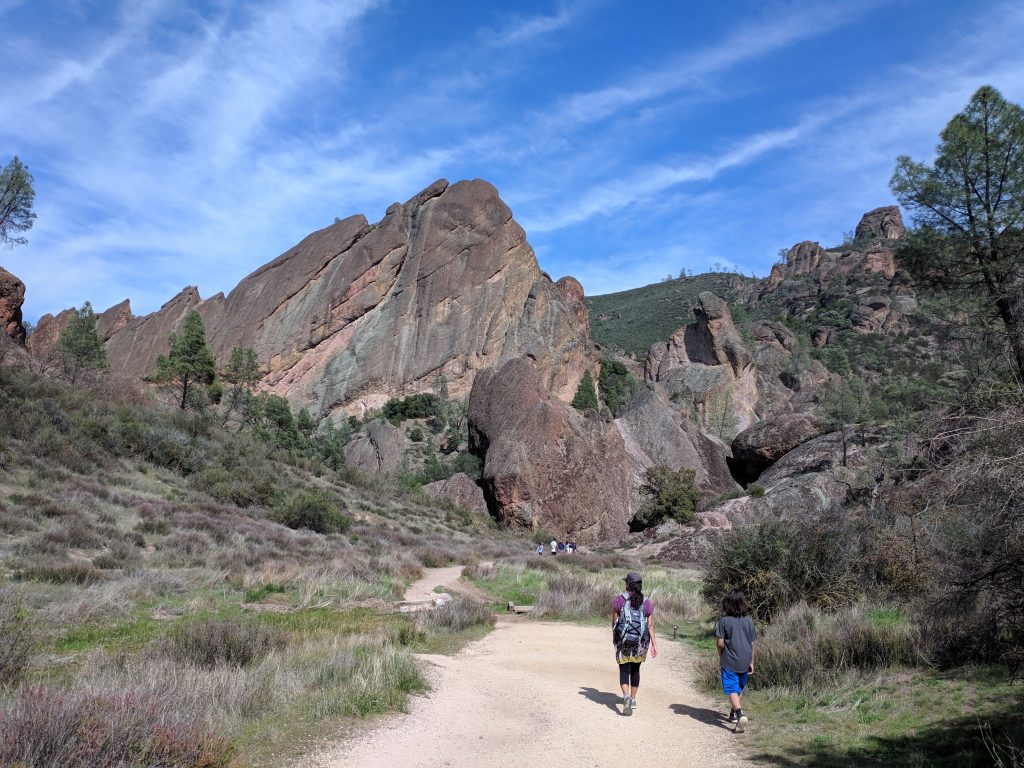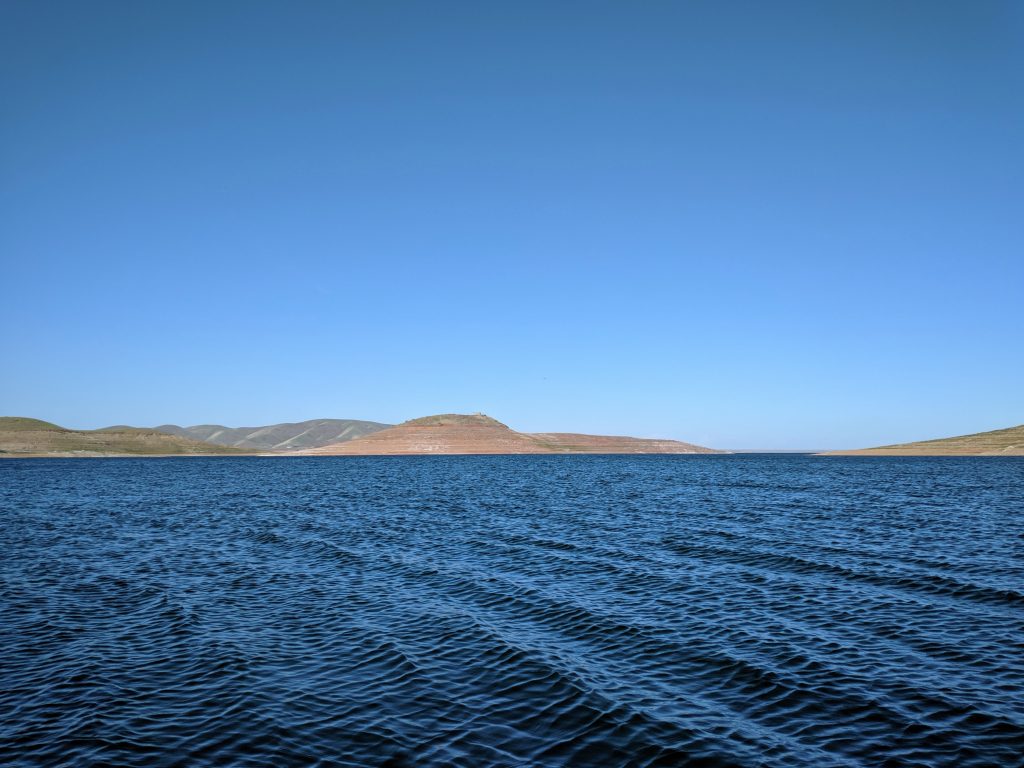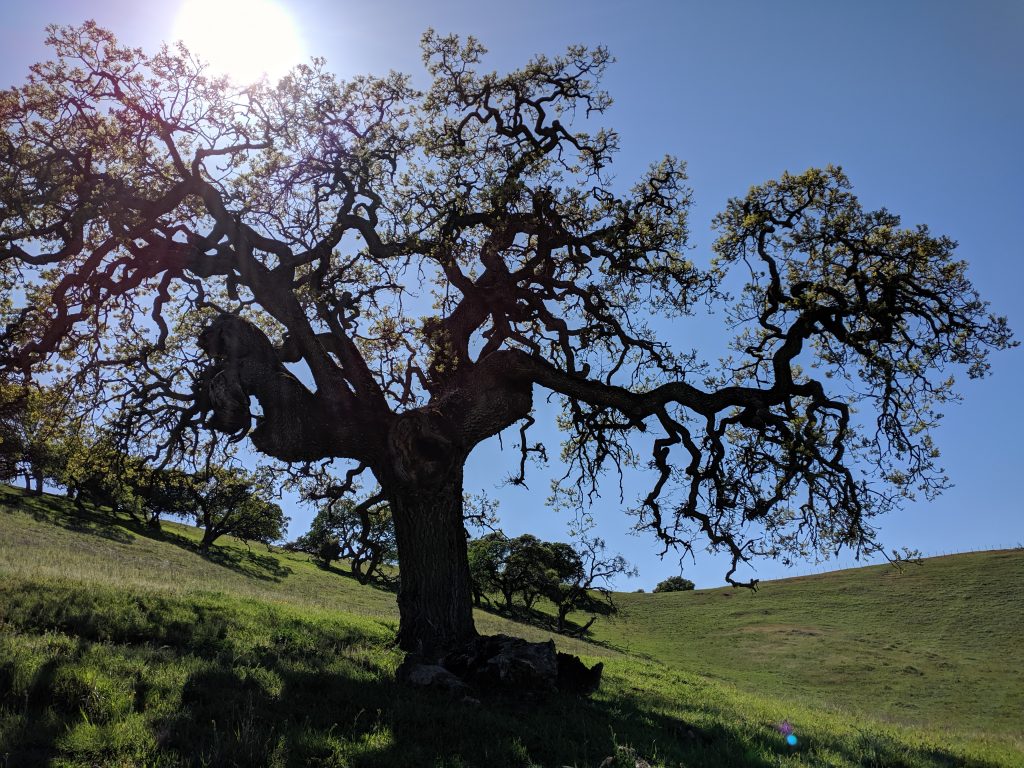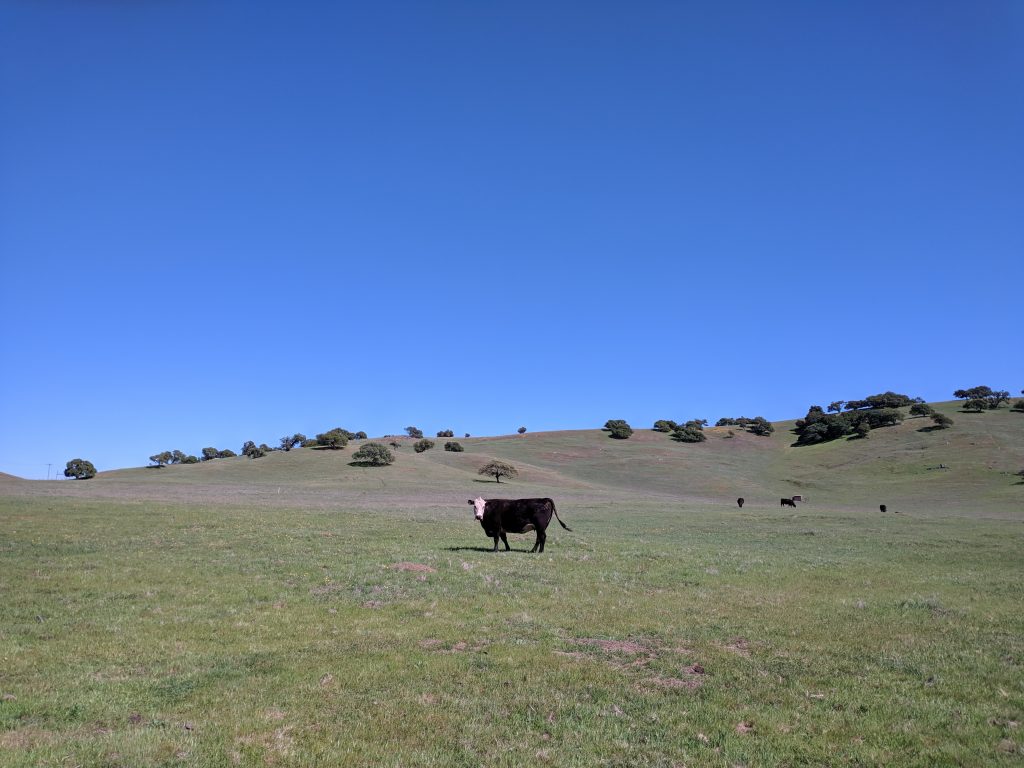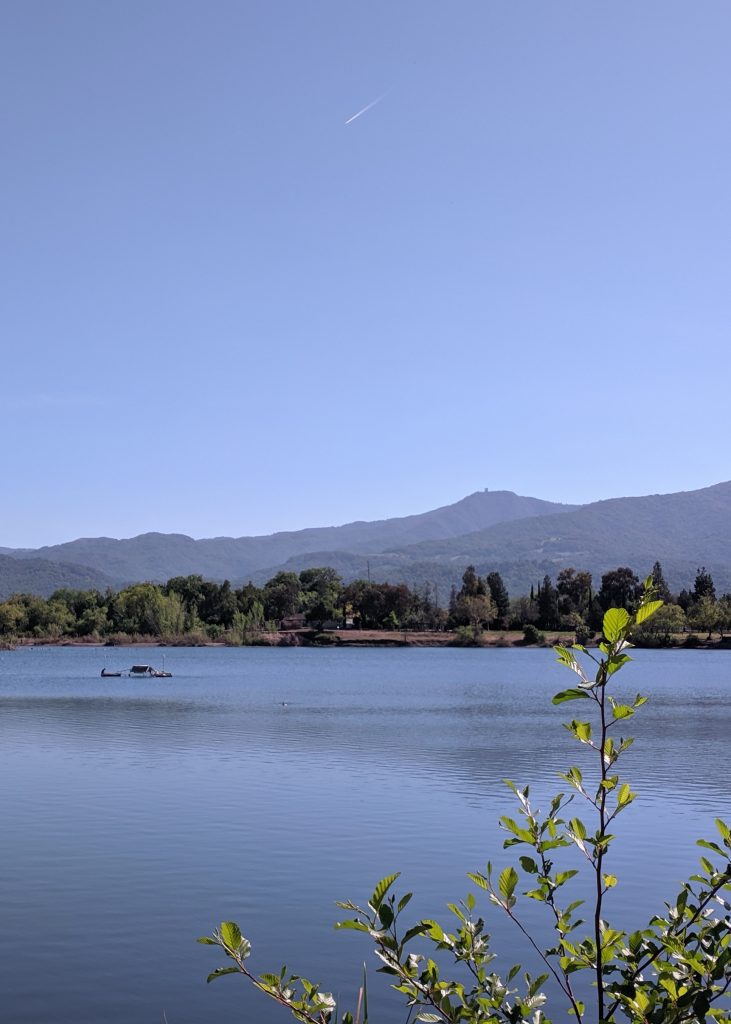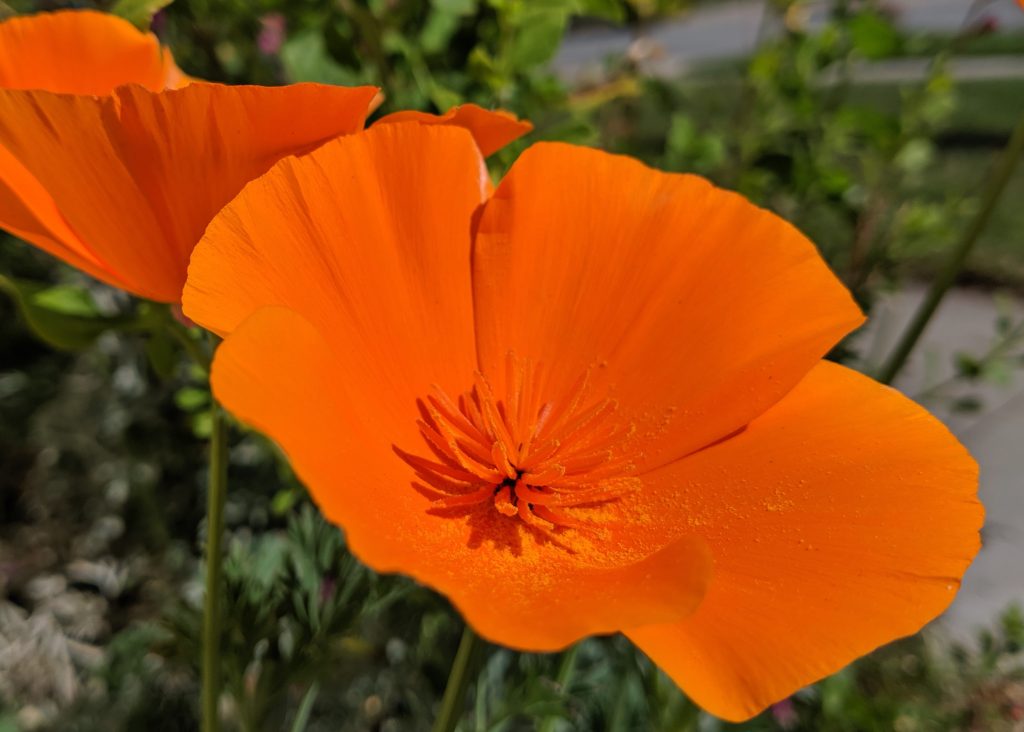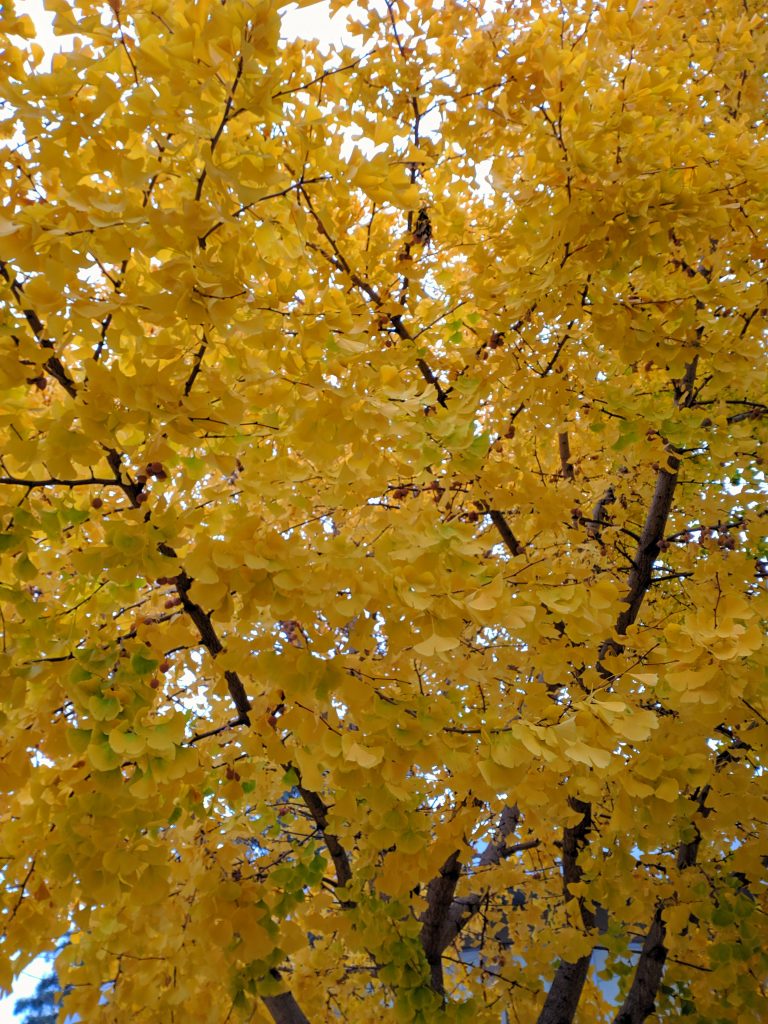
I love these beautiful trees. They turn yellow in the fall and then eventually blanket the earth around them in the brightest yellow. They are the Ginkgo Tree. What is also fascinating about them is that they are the last living species of a tree type that predates the flowering trees with leaves that we see so often. What? Are those not leaves in the picture? Yes, they are leaves. However, they are not like any other leaves on any other living tree on all of the earth today.
To oversimplify: the first trees on Earth were types of ferns which reproduce from spores, then later came the kinds with needles like pine trees which reproduce from seeds and pollen, and then later came flowering trees that have flat leaves and reproduce with flowers and pollen to make their seeds. The ginkgo used to be one of many similar tree species that are closely related to conifers, those trees with needles. They did not use flowers, just like other needle trees. However, their needles were modified in a way that the needles were essentially unrolled into a flat wavy fan. Yeah, so basically the ginkgo leaves are unrolled tree needles. And, there used to be lots and lots of these types of trees on Earth for millions of years. And then, when the flowering plants came about and started to take over so successfully, only the ginkgo tree of the unrolled needle type trees survived into modern times. To add on to the interesting-ness, the ginkgo is sometimes referred to as a “fossil tree” because it has essentially remained the same for 60 million years; not evolving much during that time. When you look and appreciate the ginkgo, you can contemplate so much. This is a special type of beautiful tree.
